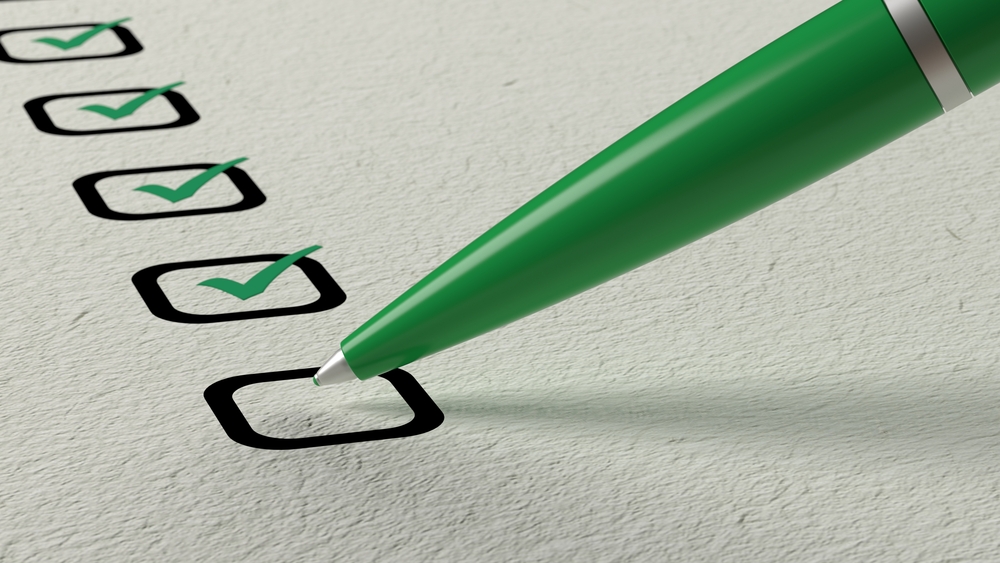Moving to a new home is an exciting chapter in life, but the process of packing for moving can often feel like a Herculean task. From sorting and organizing your belongings to ensuring their safe transport, there’s much to consider. Fortunately, with the right strategies and packing tips, you can navigate this process smoothly and efficiently. In this guide, we’ll provide you with a comprehensive plan for packing for your move, ensuring that your transition is as stress-free as possible.
Tips for Packing for Moving
Packing for moving is an art and a science, requiring careful planning and execution. Whether you’re relocating across town or to a different state, the principles of effective packing remain the same. By following the steps outlined in this guide, you’ll be well-prepared to tackle the packing process with confidence and ease.
1. The Earlier You Start Packing for Moving, The Better
One of the fundamental rules of successful packing for moving is to start early. Procrastination can lead to stress and chaos as your moving day approaches. Here’s how to get a head start:
- Begin the packing process at least six to eight weeks before your scheduled moving date.
- Create a detailed packing timeline, allocating specific tasks to each week leading up to the move.
- De-clutter your home by sorting through your belongings and deciding what to keep, donate, or discard. The less you have to pack, the easier the process becomes.
2. Gather the Essential Packing Supplies
Having the right packing supplies is essential for the safety of your belongings during transit. Here’s what you’ll need:
- Sturdy boxes in various sizes to accommodate different items.
- High-quality packing tape and a tape dispenser to securely seal boxes.
- Protective materials such as bubble wrap, packing paper, or newspaper for fragile items.
- Packing peanuts or foam cushioning to add an extra layer of protection.
- Permanent markers for labeling boxes accurately.
3. Organize and Label
Effective organization is key to a smooth packing process. Utilize the following strategies to stay organized:
- Label each box clearly with its contents and the room it belongs to, when packing for moving. This simple step will make unpacking a breeze.
- Keep an inventory list of what’s inside each box. This will be invaluable if you need to locate a specific item during or after the move.
- Consider using color-coded labels or stickers to designate rooms. For instance, use blue for the kitchen, red for the living room, and so on.
4. Pack Room by Room
To maintain order and efficiency, tackle one room at a time:
- Begin with rooms that are used less frequently, such as guest bedrooms or storage areas.
- Save essential items for daily living until the end to minimize disruptions.
- Group similar items together in boxes to simplify the unpacking process.
5. Safeguard Fragile Items
Fragile items require special care while packing for moving to prevent breakage. Follow these steps to pack them securely:
- Wrap delicate items individually with bubble wrap or packing paper.
- Place fragile items in sturdy boxes and fill any empty spaces with packing peanuts or cushioning material.
- Clearly label these boxes as “fragile” and “handle with care” to ensure they receive special attention during the move.
6. Disassemble Furniture
Large pieces of furniture should be disassembled when possible to save space and protect them from damage:
- Keep all hardware (screws, nuts, bolts) in a labeled bag and securely tape it to the furniture piece or keep it in a designated box.
- Use furniture blankets or pads to shield surfaces from scratches or dings during transport.
7. Pack Essentials Separately
Don’t forget to pack a box of essentials that you’ll need immediately upon arriving at your new home:
- Include items like toiletries, a change of clothes, important documents, and any necessary medications.
- Mark this box as “Open First” so you can easily locate it when you arrive.
8. Consider Professional Movers
For heavy or valuable items, consider hiring professional movers. They have the expertise and equipment to handle these items safely.
9. Wardrobe Boxes for Clothing
Wardrobe boxes are a fantastic option for transporting clothing. They come with a bar to hang your clothes, saving you the hassle of folding and rehanging everything.
10. Photograph Electronics Connections
Before disconnecting electronics, take clear photographs of the cords and connections to make reassembly easier at your new home.
11. Avoid Over packing Boxes
Be cautious not to overfill boxes to the point where they become too heavy or risk bursting open. It’s better to use more boxes and evenly distribute the weight.
Packing for moving is an essential aspect of any relocation, and with the right strategies and tips, it can become a manageable and even satisfying part of the process. By starting early, staying organized, and taking the time to protect your belongings, you’ll set yourself up for a stress-free and successful move. Remember, careful packing is the key to ensuring that your cherished possessions arrive at your new home in the same condition they left your old one. So, roll up your sleeves, gather your supplies, and embark on your packing journey with confidence. Your new adventure awaits!



